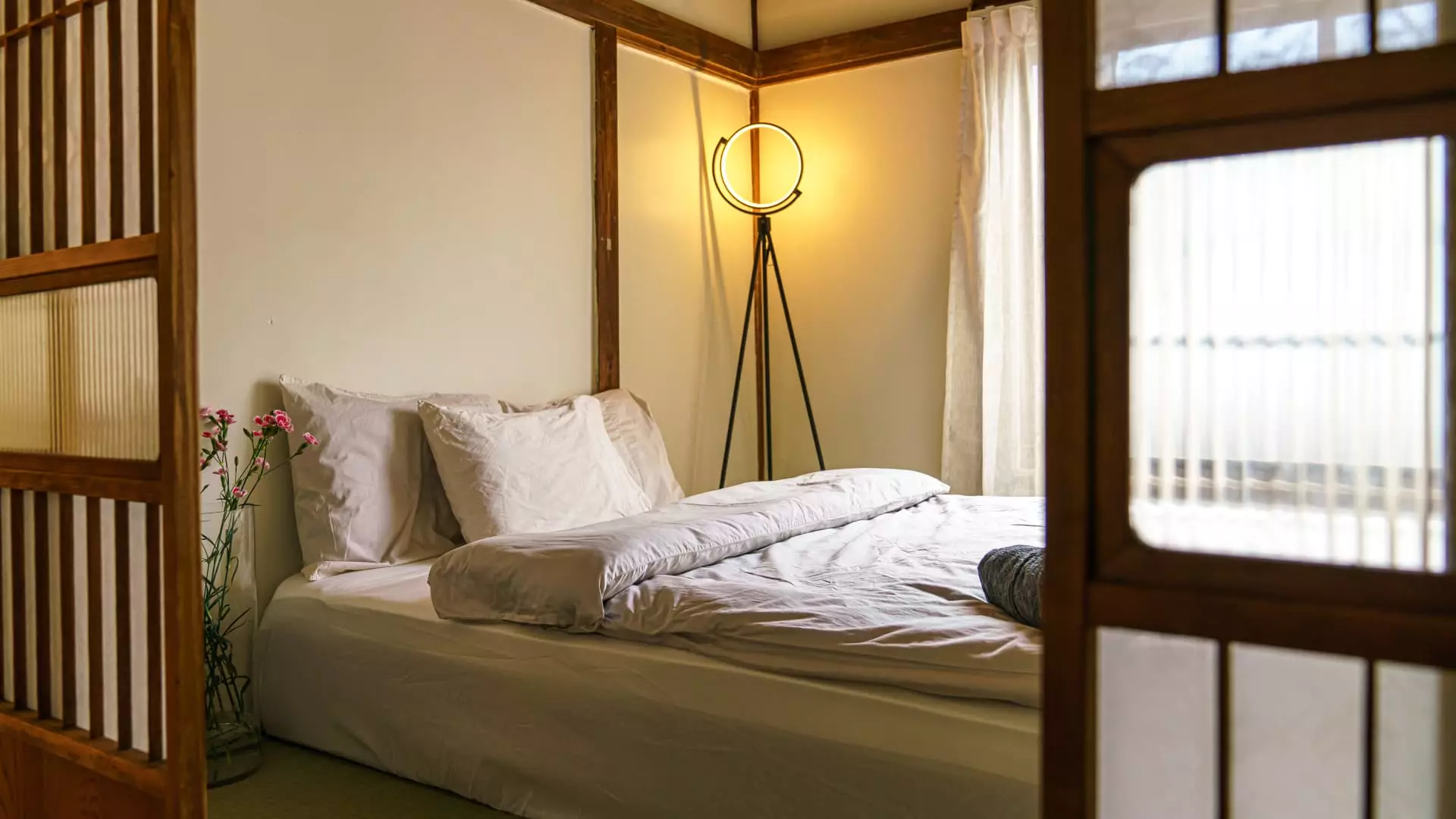In recent years, Japan’s demographic challenges have painted a strikingly different picture compared to many countries grappling with housing shortages. This disparity has resulted in an oversupply of properties, commonly referred to as “akiyas,” or abandoned houses, with over nine million of them dotting the landscape. Anton Wormann, a 32-year-old Swede, found himself drawn into this peculiar real estate market when he moved to Japan in 2018, igniting a passion for renovating these neglected homes while simultaneously contributing to the preservation of Japanese architecture.
Wormann’s foray into Gyaku-Kawa—a term signifying the unconventional—weaves a rich tapestry of cultural appreciation, heritage conservation, and entrepreneurial spirit. With a declining population and an increasingly elderly demographic, many of these akiyas are up for grabs at remarkably low prices, sometimes starting at just $10,000. As Japan’s birthrate stands at a mere 1.2 births per woman, creating an urgent need for thoughtful interventions of the kind Wormann has undertaken not just to breathe life back into these homes, but to offer a meaningful purpose to abandoned properties, the current societal landscape is ripe for restoration efforts.
The Allure of Japan
Anton Wormann’s initial encounter with Japan dates back to 2015 during a work trip. His time there planted the seeds of fascination—a deep appreciation for the unique blend of history, culture, and culinary delights. The charm of the vibrant cities and serene countryside kept calling him back, making it impossible for him to resist the pull to return each year. His desire to immerse himself in this vibrant culture ultimately culminated in a major life decision—moving to Japan for good.
Once settled, Wormann’s interest in akiyas began to develop more profoundly as he expanded his understanding of Japanese customs and language. He sought a lucrative opportunity that aligned with his personal interests. As an avid DIY enthusiast skilled in property renovations from his prior experiences in Europe, he gravitated toward the troubling yet ripe landscape of abandoned homes, viewing them as potential treasure troves rather than decaying structures.
Wormann’s hunt for his first project took a personal turn when he found an adjoining property that had been under the radar for years. After negotiating with the owner’s children, he purchased the dilapidated 86-year-old house for approximately 8 million yen (about $54,000). However, this marked only the beginning of a transformative journey that would require resilience and creativity.
Upon stepping inside, Wormann’s optimism clashed with reality—significant structural insights greeted him. A house filled with relics of the past, abundant termite damage, and extensive repairs awaited. Yet, Wormann’s enthusiasm was undeterred. The sense of potential overruled the intimidation he felt as he began contemplating how to revive the essence of this storied place. He recognized that challenges bring progress and sustain dreams.
His 15-month renovation process exemplified dedication, as he tirelessly contributed approximately 1,000 hours on site, undertaking the intricate dance of demolishing, disposing, and designing within the confines of Tokyo’s narrow plots. He diligently balanced functionality and aesthetics, discerning the perfect placement of windows, lighting, and furniture based on his intimate familiarity with the abode he aimed to restore.
Wormann’s renovation eventually transformed his initial vision into a flourishing venture—one that transformed the previously abandoned akiya into a beloved short-term rental property. With an investment totaling around $110,000, the home now generates substantial income, often fetching up to $500 a night on platforms like Airbnb. On average, it garners about $11,000 in monthly rental revenue, highlighting Wormann’s dual achievement: he not only salvaged an old structure but turned it into a successful business.
The beauty of Wormann’s narrative lies not just in economics but also in cultural significance. In a nation facing a bewildering challenge with its aging population and abandoned properties, Wormann serves as an inspiring figure demonstrating that revitalization is possible. He has expanded his portfolio, currently owning eight properties, with plans for more renovations underway, all adding vibrancy to communities that had long felt the weight of neglect.
A Cultural Legacy Rescued
Ultimately, Wormann’s story transcends business; it embodies a heartfelt cultural mission. As he notes, many of Japan’s villages reflect a heritage tinted with nostalgia and fading memories. For Wormann, there exists an intrinsic value in breathing fresh life into these spaces—a passion for recognizing potential where others see despair. Through his efforts, beautiful homes previously overlooked are being reimagined and cherished, blending the old with the new.
Anton Wormann’s journey illustrates a growing trend where enthusiasts and visionaries embrace the challenge of reviving Japan’s abandoned akiyas. Not only do their efforts provide unique homes for visitors, but they also preserve cultural landmarks rich with history. As the world grapples with economic uncertainty and population decline, Wormann’s work offers a luminous beacon of opportunity, resilience, and love for a nation steeped in tradition.


Leave a Reply